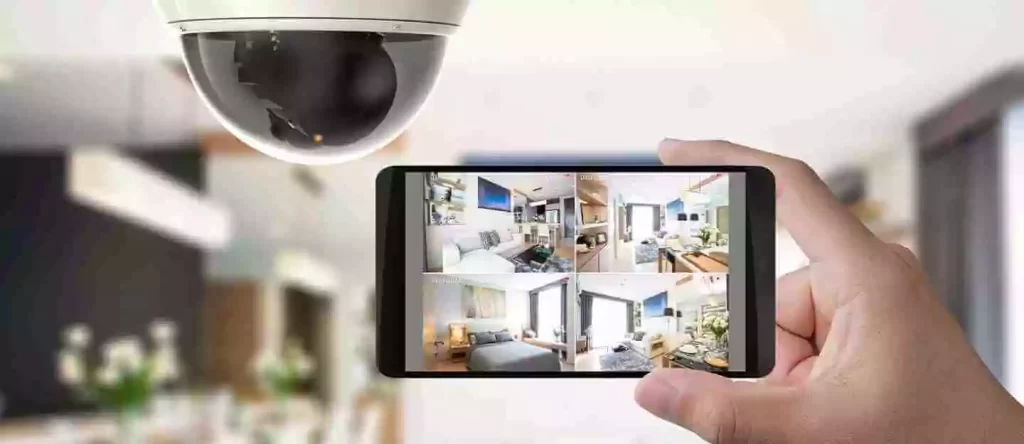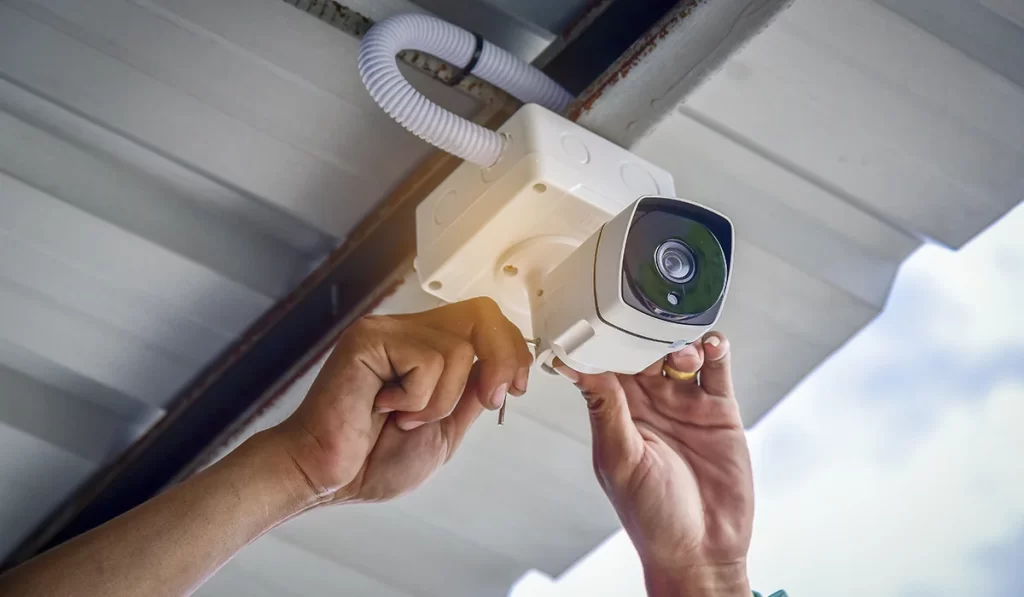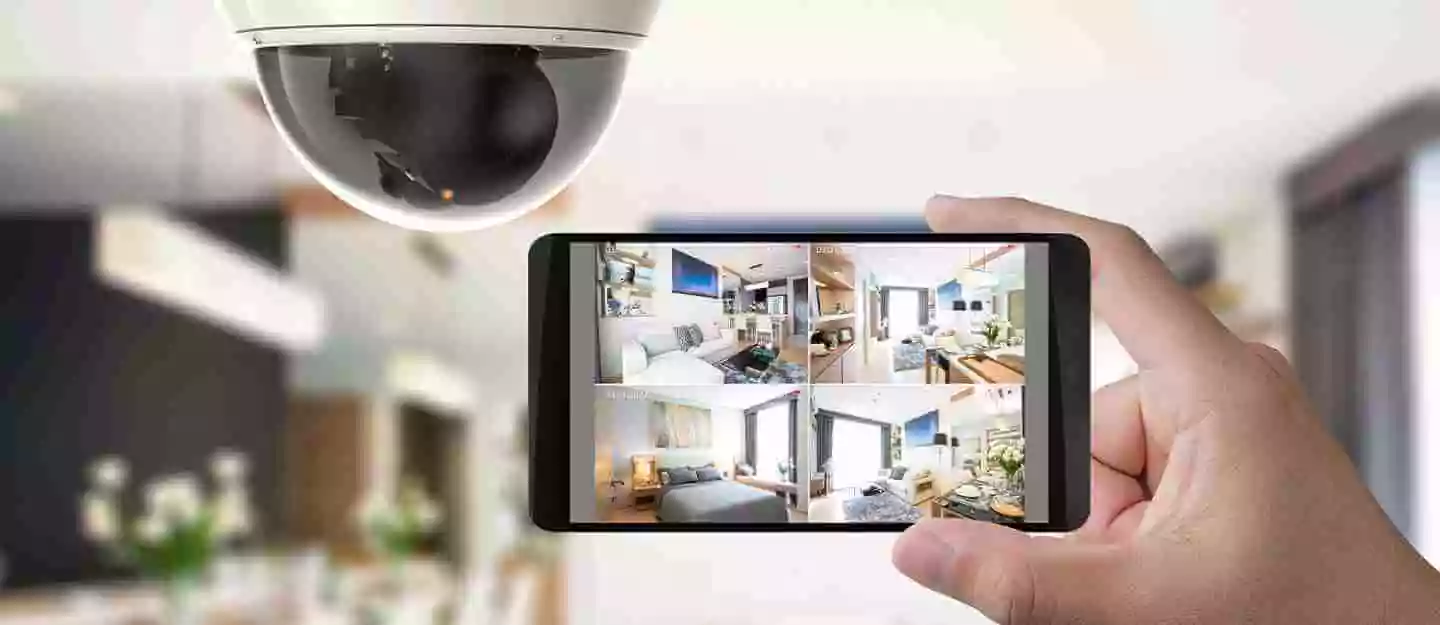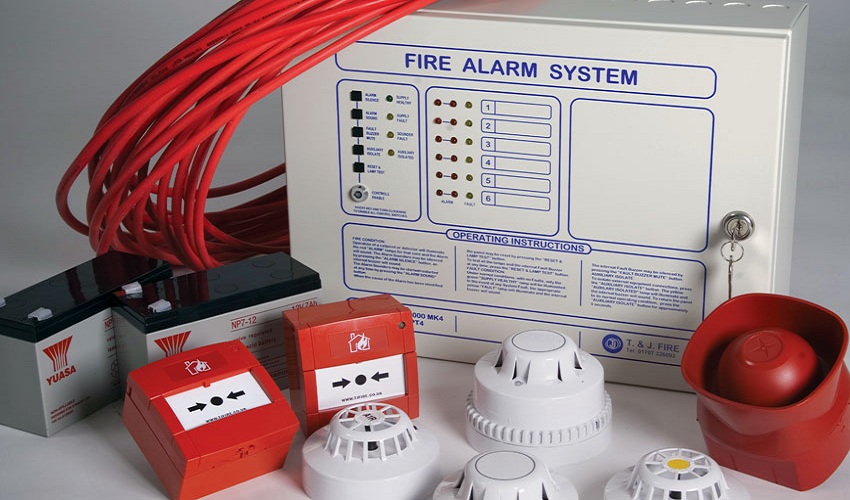
Content
Imagine coming home after a long day, knowing that your loved ones and your valuable possessions are safe and secure. That peace of mind is priceless, and it’s exactly what a well-installed security system can provide.
In this guide, we’ll walk you through the process of installing a security system in your home. Whether you’re a DIY enthusiast or just looking to understand the basics before hiring a professional, this step-by-step tutorial will ensure your home is well-protected.
Recommended for you: Secure Your Sanctuary: How to Choose the Right Locks for Your Home
Why Install a Security System?
Before diving into the installation process, it’s important to understand why investing in a security system is a wise choice. Here are a few compelling reasons:
- Deterrence: Security systems with visible cameras and alarms act as a strong deterrent to potential burglars. They are less likely to target homes with visible security measures.
- Remote Monitoring: Modern security systems allow you to monitor your home remotely through your smartphone. You can check in on your property, receive alerts, and even communicate with visitors from anywhere in the world.
- Emergency Response: Many security systems are integrated with monitoring services that can dispatch emergency responders in case of a break-in or fire, reducing response times and potentially saving lives.
Now, let’s dive into the installation process.
Step-by-Step Guide to Installing a Security System
1. Assess Your Needs
Before purchasing a security system, evaluate your home’s vulnerabilities and your specific security needs. Consider factors like the size of your property, the number of entry points, and whether you want indoor or outdoor cameras.
2. Choose the Right System
Select a security system that aligns with your needs. Options include:
- Wireless Systems: These are easy to install and often come with DIY kits.
- Wired Systems: Typically require professional installation due to wiring complexities.
- DIY Kits: Designed for self-installation and offer customizable features.
3. Install Sensors and Cameras

Follow the manufacturer’s instructions to install sensors on doors and windows. Place cameras strategically to cover vulnerable areas, such as entrances and blind spots.
4. Set Up a Control Panel
Connect the control panel to your security system components. Ensure it’s easily accessible but not in plain sight, so intruders can’t tamper with it.
5. Configure Remote Access
Download the security system’s mobile app and configure remote access. This allows you to monitor your property, receive alerts, and control the system remotely.
6. Test Your System
Before considering your installation complete, test all components to ensure they function correctly. Check for false alarms and adjust sensitivity settings as needed.
7. Professional Monitoring (Optional)

If you’ve opted for a monitored system, activate the monitoring service and provide them with your emergency contacts and preferences.
Further reading suggestion: Home Sweet Safe Home: How to Prevent Home Fires
8. Familiarize Yourself
Make sure everyone in your household knows how to operate the security system and understands emergency procedures.
In conclusion, installing a security system can greatly enhance the safety and security of your home. By following this step-by-step guide, you can ensure that your installation is successful, providing you with the peace of mind you deserve. Whether you choose a DIY system or opt for professional installation, the most important thing is knowing that your loved ones and your property are well-protected.
FAQs
Can I install a security system by myself, or should I hire a professional?
While many security systems are designed for DIY installation, the complexity of the system and your comfort level with technology should be considered. If in doubt, it’s often best to consult with a professional to ensure proper installation and functionality.
Are wireless security systems as effective as wired ones?
Wireless systems have come a long way in terms of reliability and functionality. They are a popular choice for their ease of installation and flexibility. However, wired systems can be more secure as they are less susceptible to signal interference, but they may require professional installation due to the wiring involved.

My name is Gwen Elmore. I post about home improvement ideas and how to make your home look beautiful and liveable. I hope my posts will help you with your DIY projects!






